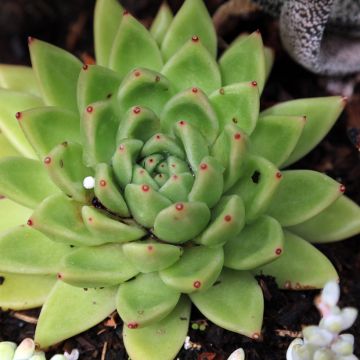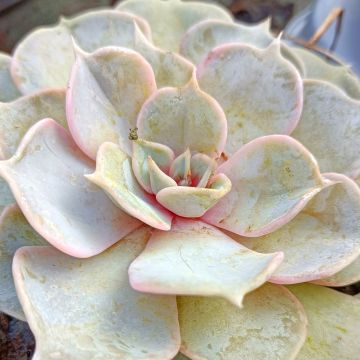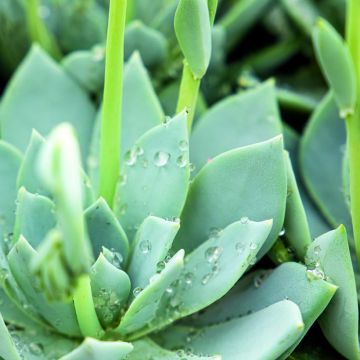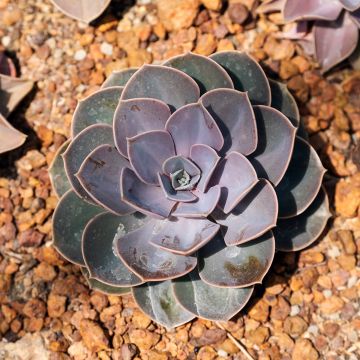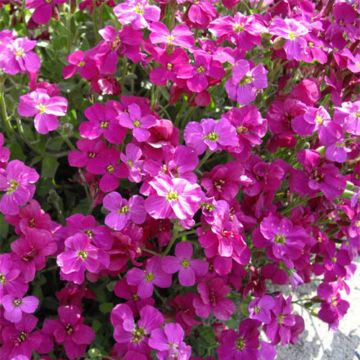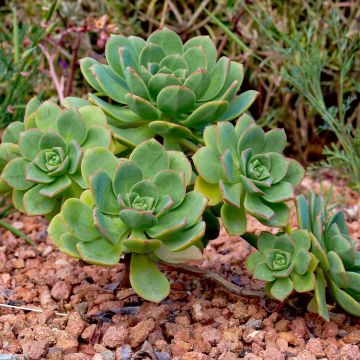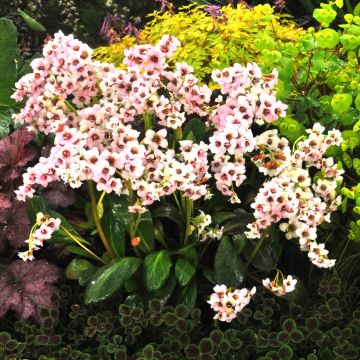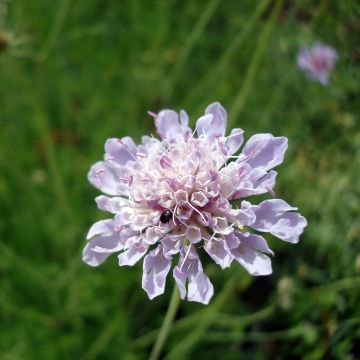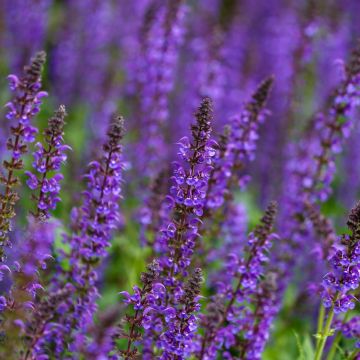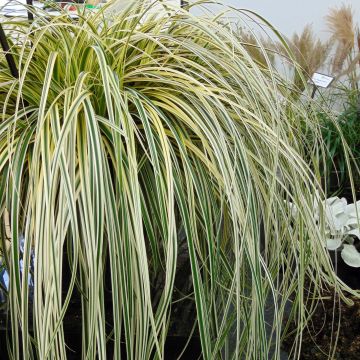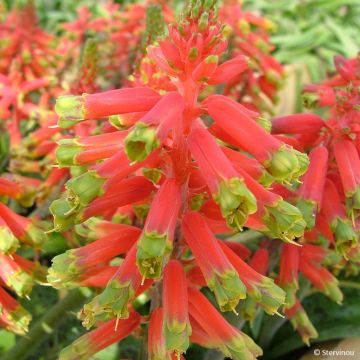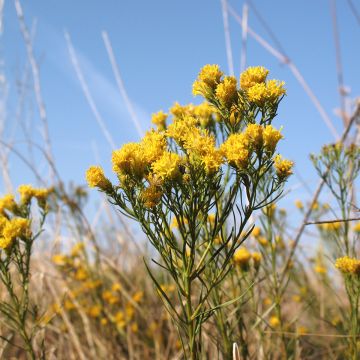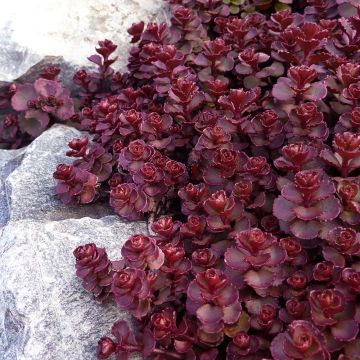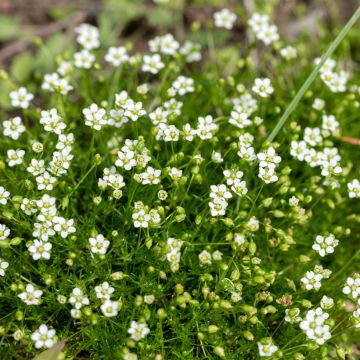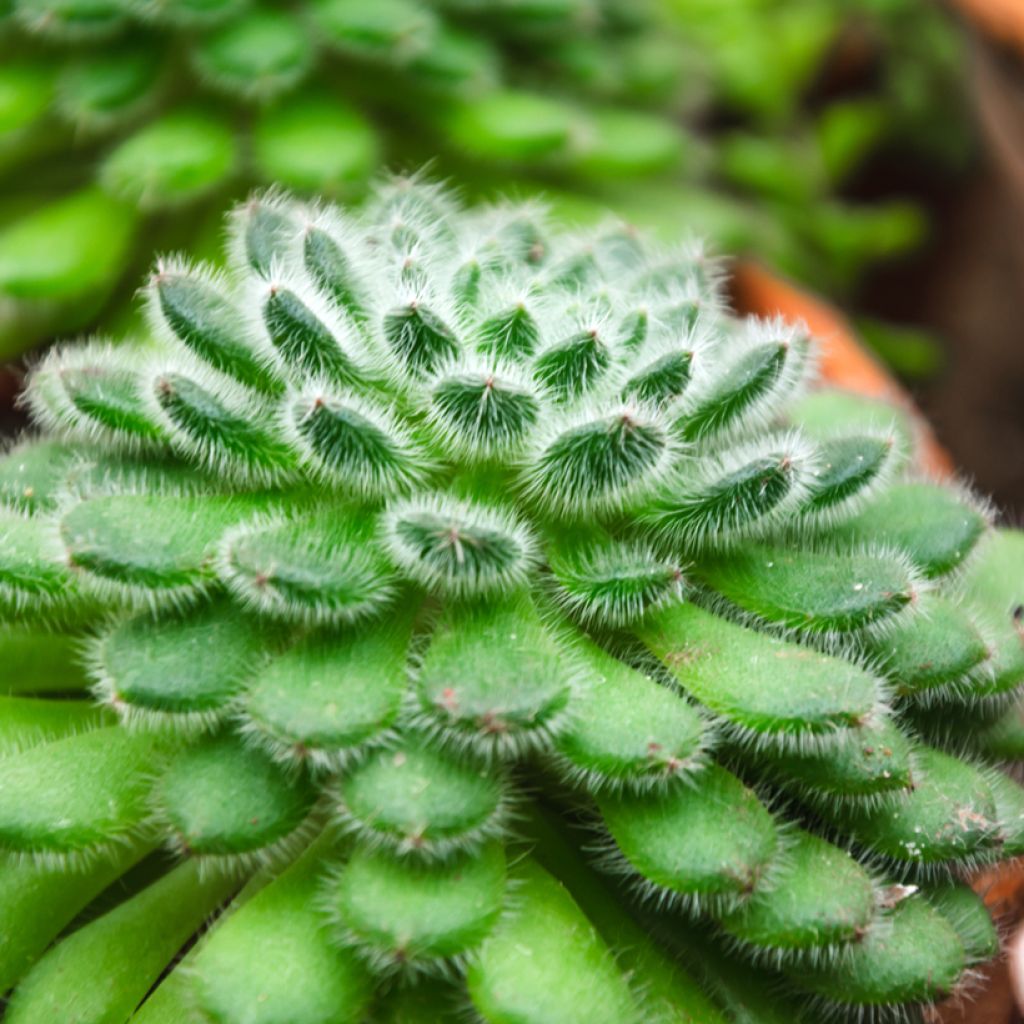

Echeveria setosa
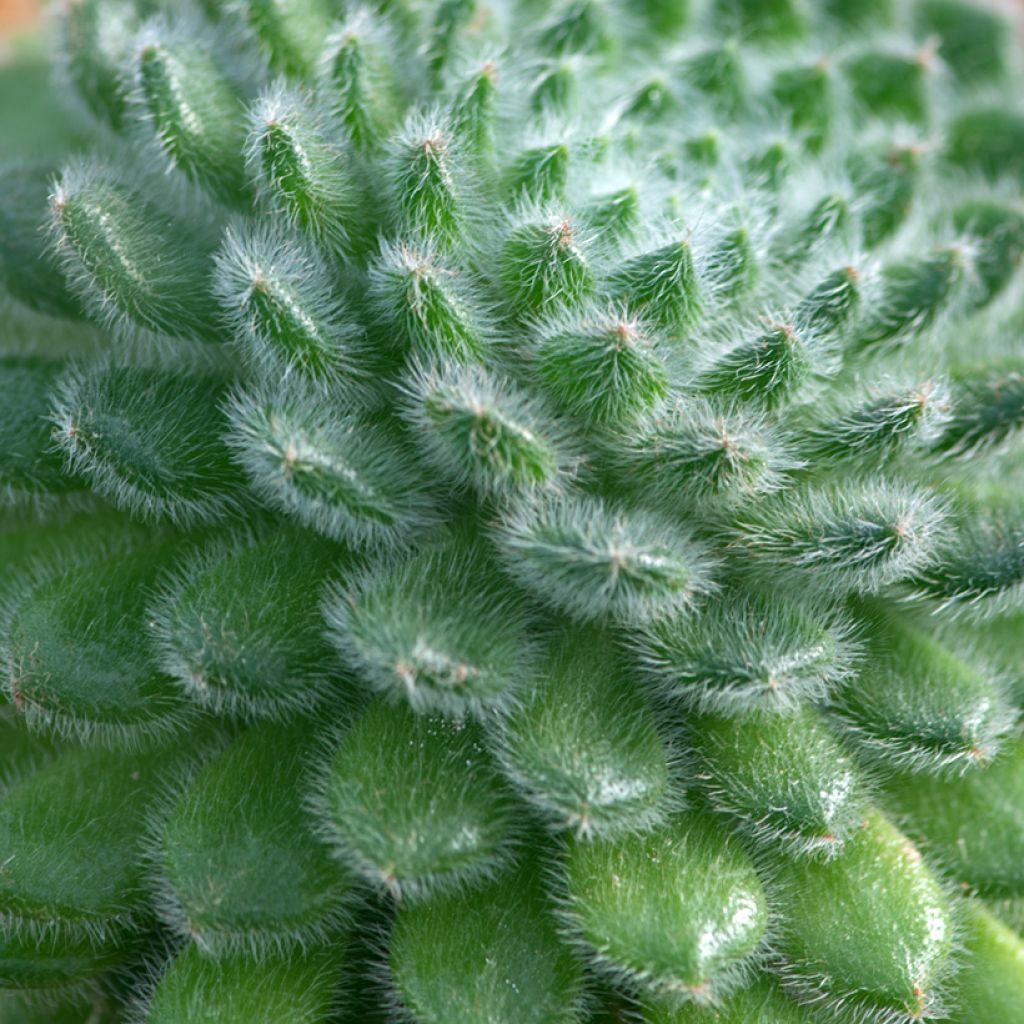

Echeveria setosa
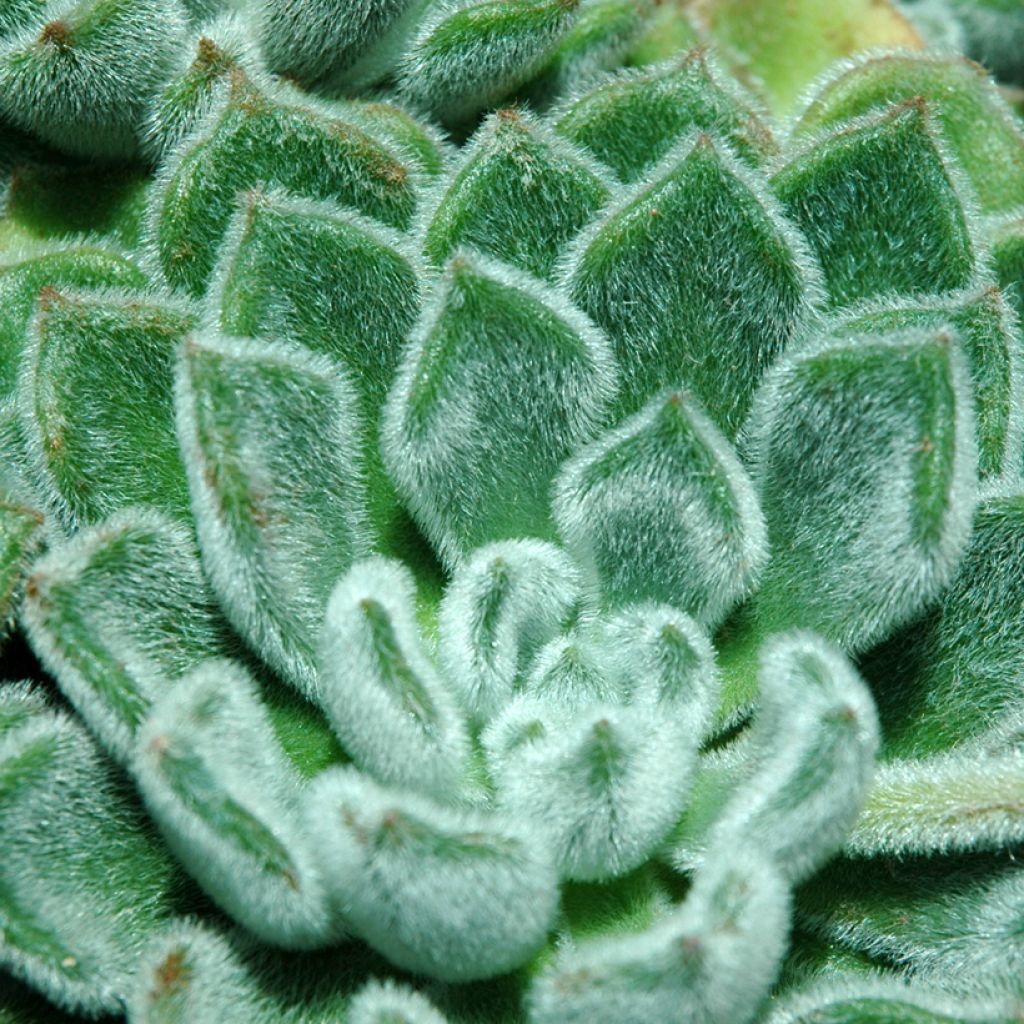

Echeveria setosa
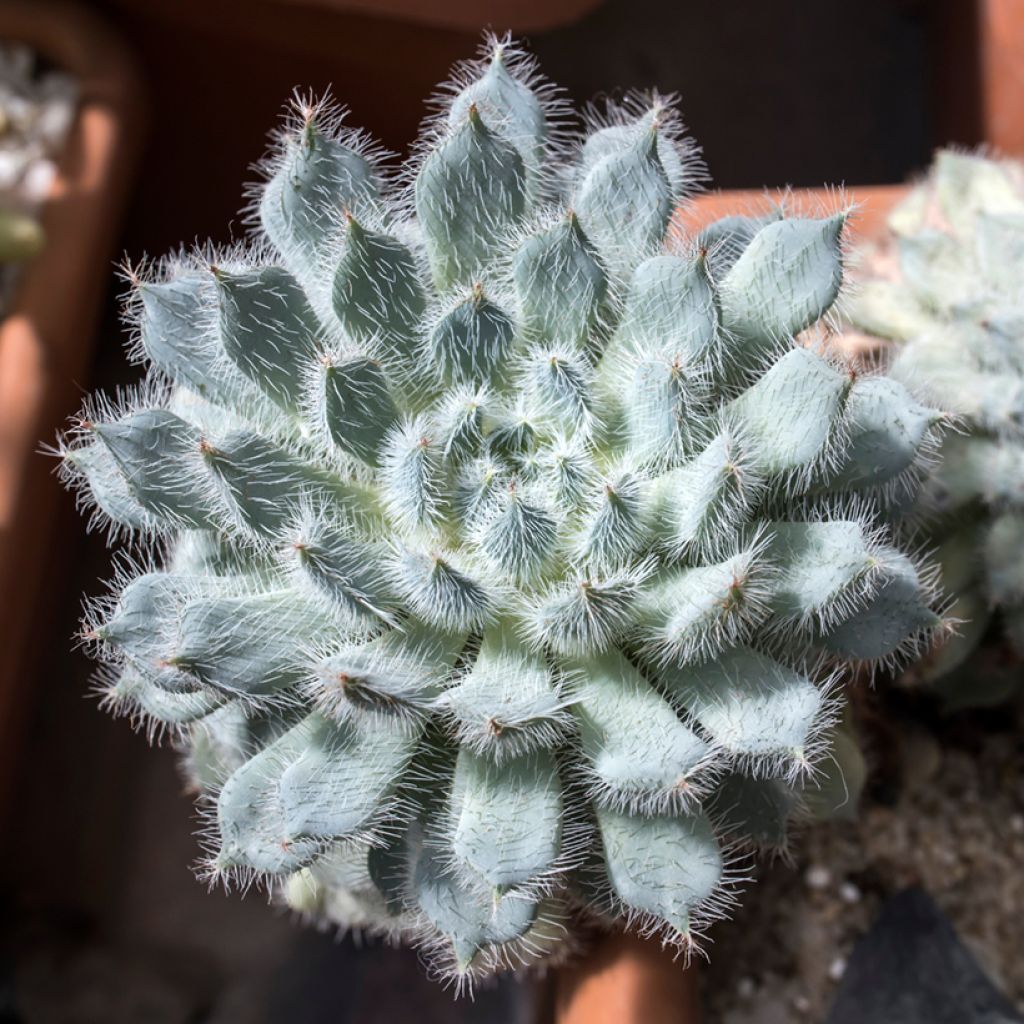

Echeveria setosa
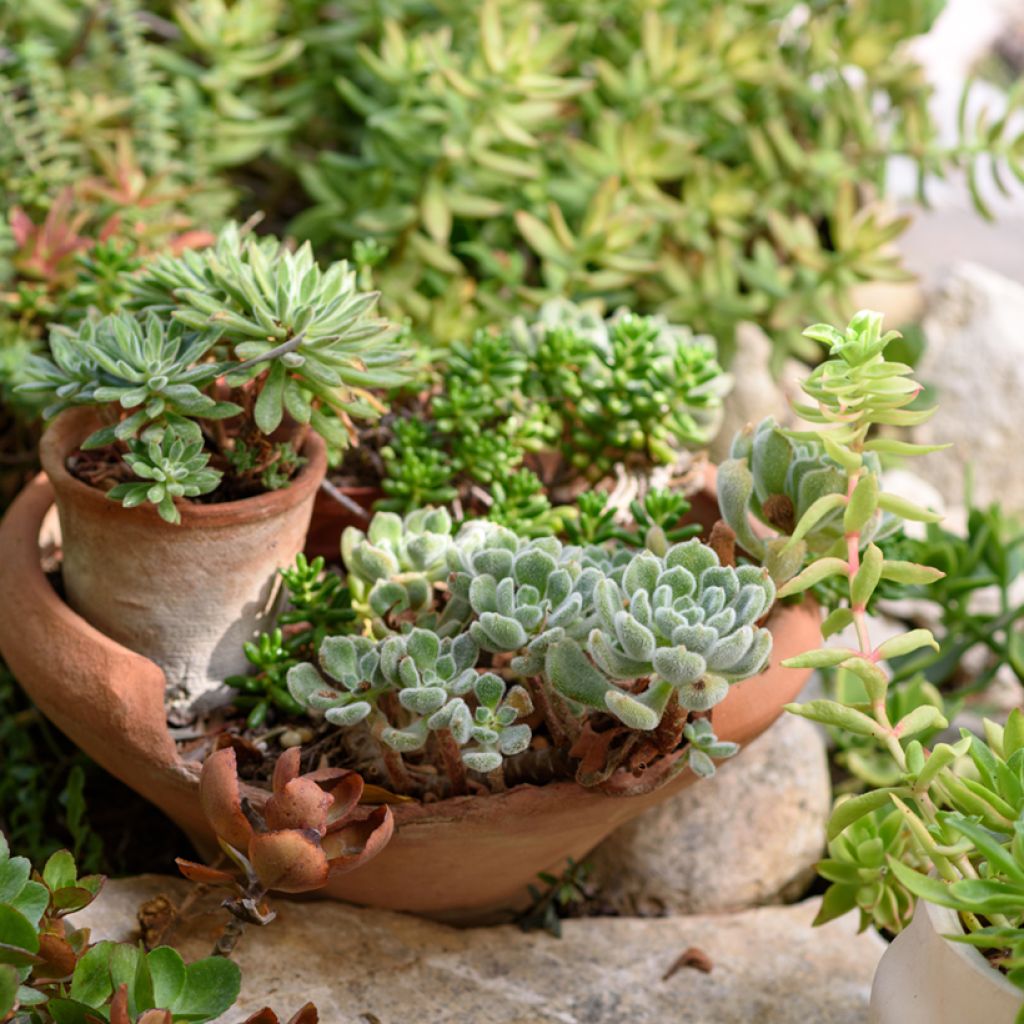

Echeveria setosa
Echeveria setosa
Echeveria setosa
Mexican fire cracker
This item cannot be shipped to the selected country
Delivery charge from €5.90
More information
Schedule delivery date,
and select date in basket
This plant carries a 12 months recovery warranty
More information
We guarantee the quality of our plants for a full growing cycle, and will replace at our expense any plant that fails to recover under normal climatic and planting conditions.
From €5.90 for pickup delivery and €6.90 for home delivery
Express home delivery from €8.90.
Does this plant fit my garden?
Set up your Plantfit profile →
Description
Echeveria setosa, the velvety echeveria, is an adorable small succulent plant native to Mexico. Appreciated for its fuzzy foliage and easy maintenance, it adapts well to both indoor and outdoor environments. It will enhance rockeries, dry gardens, and containers. It is a slightly hardy species, suitable for dry and poor soils.
Belonging to the Crassulaceae family, Echeveria setosa is native to the semi-desert areas of Mexico, particularly in the state of Puebla. It mainly grows on rocky slopes, nestled in rock crevices, often alongside globular cacti and mosses. It thrives in light, well-drained soils rich in minerals, often composed of gravel and organic matter. It grows under abundant light but benefits from some protection against the scorching sun in its rocky habitat. The ambient humidity there is generally low.
This species is usually stemless. It forms compact, 10 to 14 cm diameter rosettes composed of over a hundred fleshy, spatulate leaves, covered in fine white hairs that give it a velvety appearance. In spring or early summer, flower stalks around 25 cm tall emerge, bearing tubular flowers 10 to 15 mm in size, bright red with yellow tips on the petals.
In favourable climates, if your garden is near the sea, where frosts do not go below -4°C, you can plant Echeveria setosa in a rockery or bank which is slightly shaded during the hottest hours. Elsewhere, you can use it in large pots that you can bring indoors in winter. Its fuzzy foliage and compact rosettes bring texture and softness to minimalist or exotic arrangements. It pairs perfectly with houseleeks and mangaves and small agaves, especially Agave pygmae 'Dragon Toes'. Delosperma are also excellent companions.
Report an error about the product description
Echeveria setosa in pictures
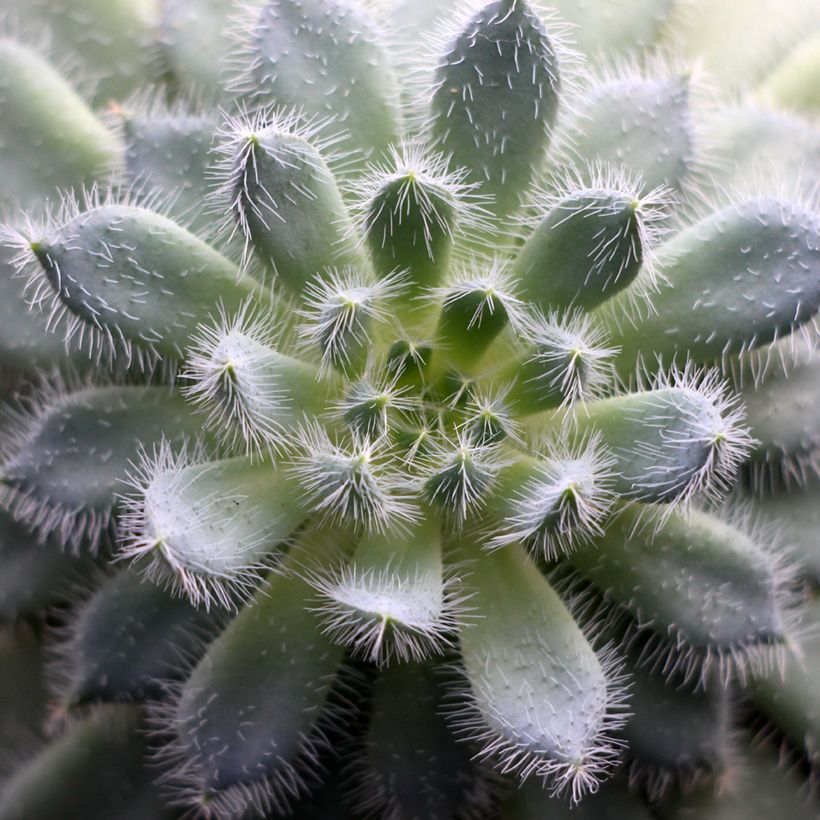



Flowering
Foliage
Plant habit
Botanical data
Echeveria
setosa
Crassulaceae
Mexican fire cracker
North America
Other Echeveria
Planting and care
To successfully grow Echeveria setosa, it is essential to meet its specific requirements. When planted in the ground, it thrives in regions with a mild and dry climate, where winter temperatures do not drop below -4 °C. Plant it in a light, sandy soil that is well-drained to avoid excess moisture. A gravel mulch can help retain heat and limit evaporation. Avoid exposing it to too much harsh sunlight, especially in very hot and dry regions.
When grown in a pot, choose a container with drainage holes and use a special cactus substrate or a homemade mix of light potting soil, sand, and perlite. Place it in a very bright location, ideally near a sun-exposed window (avoid south-facing exposure in summer). Water moderately, allowing the substrate to dry out completely between waterings. In winter, reduce watering to a minimum to prevent rot. Repot every two to three years to refresh the substrate and promote healthy growth.
Planting period
Intended location
Care
This item has not been reviewed yet - be the first to leave a review about it.
Rockery perennials
Haven't found what you were looking for?
Hardiness is the lowest winter temperature a plant can endure without suffering serious damage or even dying. However, hardiness is affected by location (a sheltered area, such as a patio), protection (winter cover) and soil type (hardiness is improved by well-drained soil).

Photo Sharing Terms & Conditions
In order to encourage gardeners to interact and share their experiences, Promesse de fleurs offers various media enabling content to be uploaded onto its Site - in particular via the ‘Photo sharing’ module.
The User agrees to refrain from:
- Posting any content that is illegal, prejudicial, insulting, racist, inciteful to hatred, revisionist, contrary to public decency, that infringes on privacy or on the privacy rights of third parties, in particular the publicity rights of persons and goods, intellectual property rights, or the right to privacy.
- Submitting content on behalf of a third party;
- Impersonate the identity of a third party and/or publish any personal information about a third party;
In general, the User undertakes to refrain from any unethical behaviour.
All Content (in particular text, comments, files, images, photos, videos, creative works, etc.), which may be subject to property or intellectual property rights, image or other private rights, shall remain the property of the User, subject to the limited rights granted by the terms of the licence granted by Promesse de fleurs as stated below. Users are at liberty to publish or not to publish such Content on the Site, notably via the ‘Photo Sharing’ facility, and accept that this Content shall be made public and freely accessible, notably on the Internet.
Users further acknowledge, undertake to have ,and guarantee that they hold all necessary rights and permissions to publish such material on the Site, in particular with regard to the legislation in force pertaining to any privacy, property, intellectual property, image, or contractual rights, or rights of any other nature. By publishing such Content on the Site, Users acknowledge accepting full liability as publishers of the Content within the meaning of the law, and grant Promesse de fleurs, free of charge, an inclusive, worldwide licence for the said Content for the entire duration of its publication, including all reproduction, representation, up/downloading, displaying, performing, transmission, and storage rights.
Users also grant permission for their name to be linked to the Content and accept that this link may not always be made available.
By engaging in posting material, Users consent to their Content becoming automatically accessible on the Internet, in particular on other sites and/or blogs and/or web pages of the Promesse de fleurs site, including in particular social pages and the Promesse de fleurs catalogue.
Users may secure the removal of entrusted content free of charge by issuing a simple request via our contact form.
The flowering period indicated on our website applies to countries and regions located in USDA zone 8 (France, the United Kingdom, Ireland, the Netherlands, etc.)
It will vary according to where you live:
- In zones 9 to 10 (Italy, Spain, Greece, etc.), flowering will occur about 2 to 4 weeks earlier.
- In zones 6 to 7 (Germany, Poland, Slovenia, and lower mountainous regions), flowering will be delayed by 2 to 3 weeks.
- In zone 5 (Central Europe, Scandinavia), blooming will be delayed by 3 to 5 weeks.
In temperate climates, pruning of spring-flowering shrubs (forsythia, spireas, etc.) should be done just after flowering.
Pruning of summer-flowering shrubs (Indian Lilac, Perovskia, etc.) can be done in winter or spring.
In cold regions as well as with frost-sensitive plants, avoid pruning too early when severe frosts may still occur.
The planting period indicated on our website applies to countries and regions located in USDA zone 8 (France, United Kingdom, Ireland, Netherlands).
It will vary according to where you live:
- In Mediterranean zones (Marseille, Madrid, Milan, etc.), autumn and winter are the best planting periods.
- In continental zones (Strasbourg, Munich, Vienna, etc.), delay planting by 2 to 3 weeks in spring and bring it forward by 2 to 4 weeks in autumn.
- In mountainous regions (the Alps, Pyrenees, Carpathians, etc.), it is best to plant in late spring (May-June) or late summer (August-September).
The harvesting period indicated on our website applies to countries and regions in USDA zone 8 (France, England, Ireland, the Netherlands).
In colder areas (Scandinavia, Poland, Austria...) fruit and vegetable harvests are likely to be delayed by 3-4 weeks.
In warmer areas (Italy, Spain, Greece, etc.), harvesting will probably take place earlier, depending on weather conditions.
The sowing periods indicated on our website apply to countries and regions within USDA Zone 8 (France, UK, Ireland, Netherlands).
In colder areas (Scandinavia, Poland, Austria...), delay any outdoor sowing by 3-4 weeks, or sow under glass.
In warmer climes (Italy, Spain, Greece, etc.), bring outdoor sowing forward by a few weeks.

































